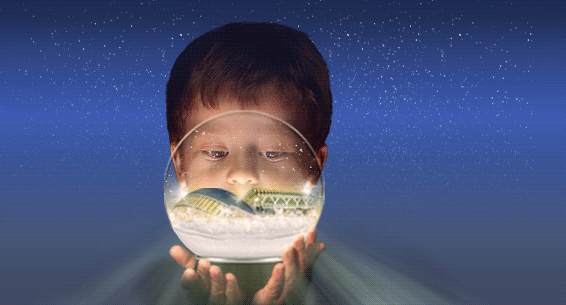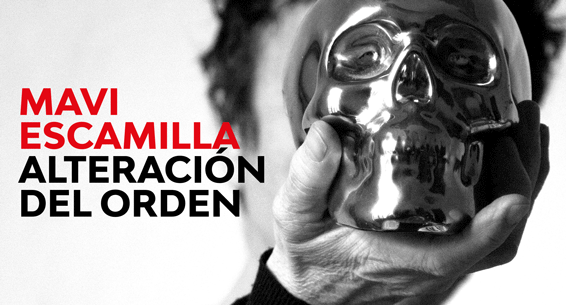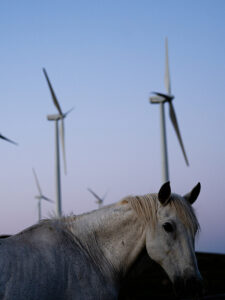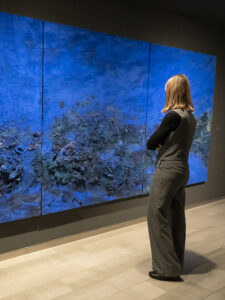UNTIL SUNDAY 11/6
P. COMMUNICATIONS. Pl. town hall, 24
Awaiting official figures, the From Darkness to Light exhibition will surely be a hit with the public, seen the queues that formed in Falles and the movement of visitors that there was on any Tuesday morning. In October 2022 the Generalitat Valenciana acquired one of the most important private art collections in Spain, kept for years in a Madrid warehouse. Eren 75 works, mostly paintings, destined to integrate the fund of the Museum of Fine Arts of Valencia that have made a first stop at the Palau de les Comunicaciones (post offices) to show off all together at the nerve center of Cap i Casal. The chronological spectrum of From darkness to light starts in the 15th century and extends to the 20th starring a Joaquín Sorolla who welcomes the visitor with I am the bread of life from the Bancaja Foundation, a giant canvas with a religious theme - unusual in the production of the Valencian - in which Jesus Christ addresses the crowd from a Latin sailing boat. Sorolla is the starting point for a tour featuring Valencian authors such as Joan de Joanes, Juan Ribalta, Vicente López and Mariano Benlliure, but also great figures of the Iberian Peninsula such as Alonso Berruguete or Francisco de Zurbarán and of European art such as José de Ribera or El Greco.
We begin with a 15th century straddling the Gothic and the Renaissance where Joan de Joanes stands out, who managed to combine the sweet painting of Raphael with a high level of technical skill that placed him at the level of the main artistic centers of Europe. This part of the exhibition is that of the Gothic altarpieces that already seek depth and volume, ecce homos, descents from the cross, verges, crucifixions and laments on Christ mort. In the Baroque section we find the raw realism of Ribalta, The death of the young Jerónimo Jacinto Espinosa as the absolute dominator of the Valencian artistic scene. In this show, he signs two striking oils for their unusual iconography: The death of Saint Joseph and the death of the Virgin Mary. Ja during el 1600, the Spanish Baroque opened up to new expressions beyond realism and naturalism thanks to dynamic and colorful stimuli such as those of Rubens, Juan Valdés Leal or Antonio Palomino, all three present in the exhibition. Like Mariano Salvador Maella, who continued with the late baroque language until well into the 18th century. In the period between the centuries (XIX-XX) Francisco Domingo Marqués stands out for opening the door to the renewal of the arts to figures like Ignacio Pinazo, Antonio Fillol, Antonio Muñoz Degrain, Mariano Benlliure i, of course, the inclined Sorolla, who displays his mastery of light in outdoor paintings filled with plants and flowers. S.M.















